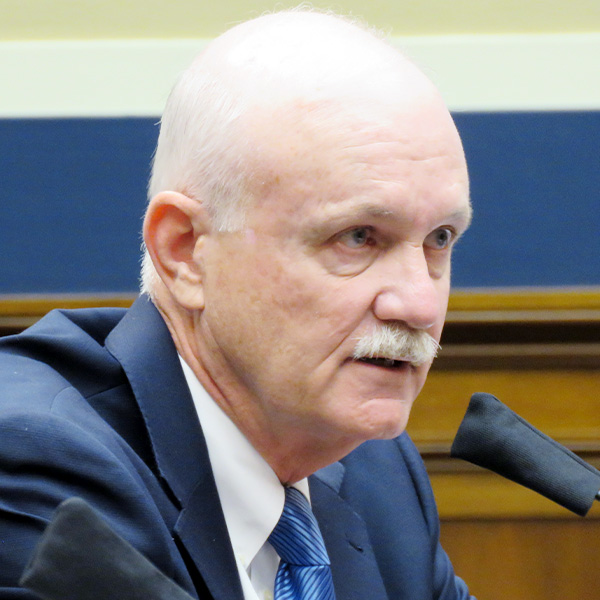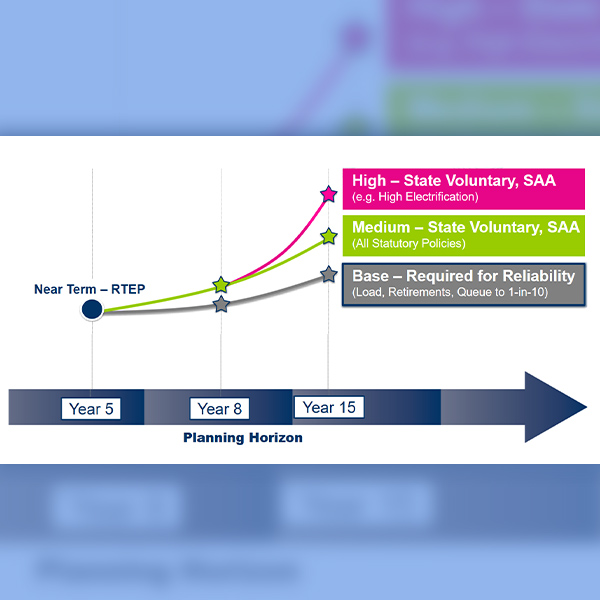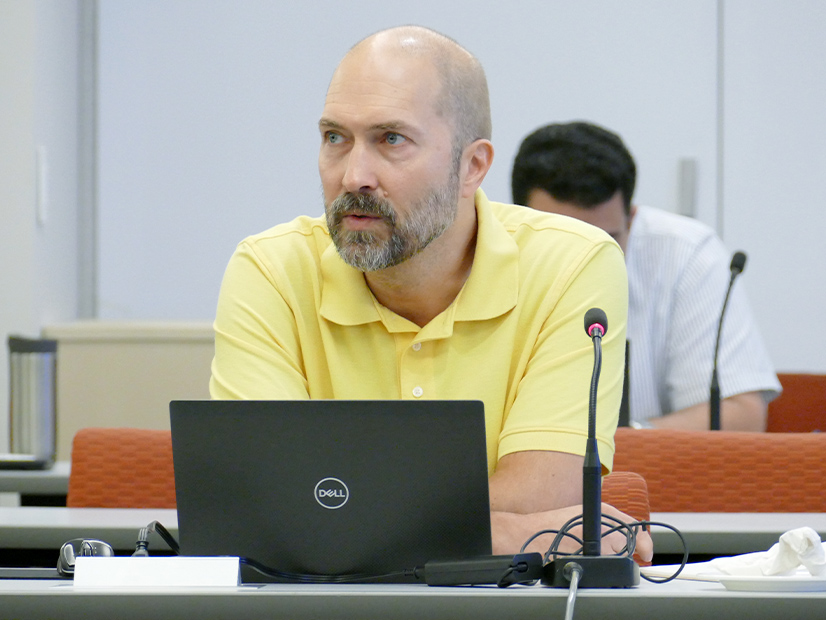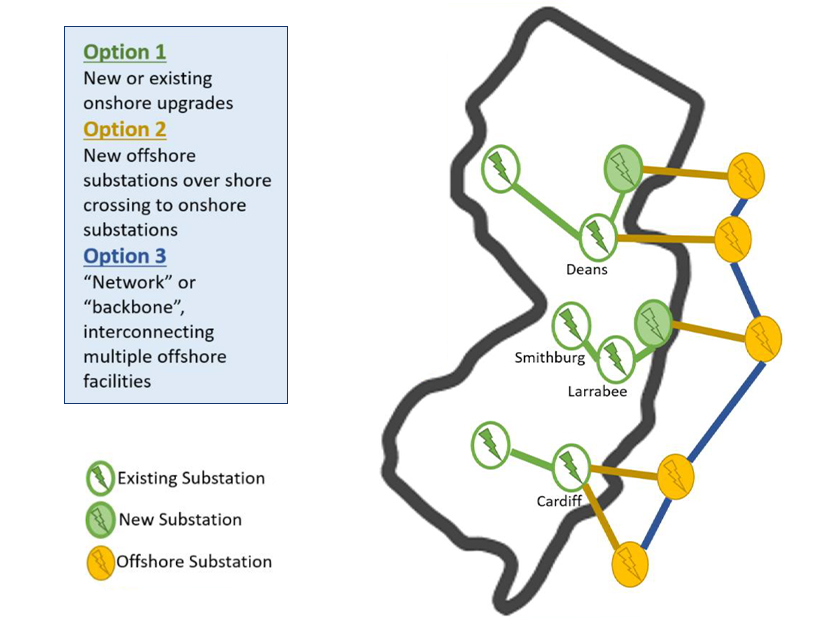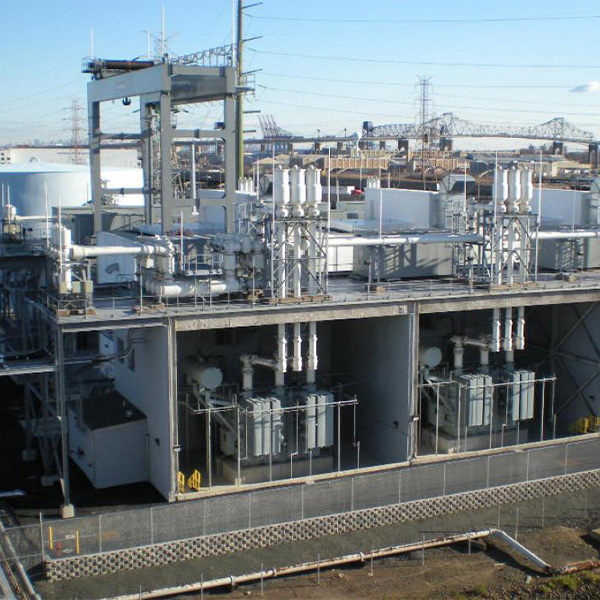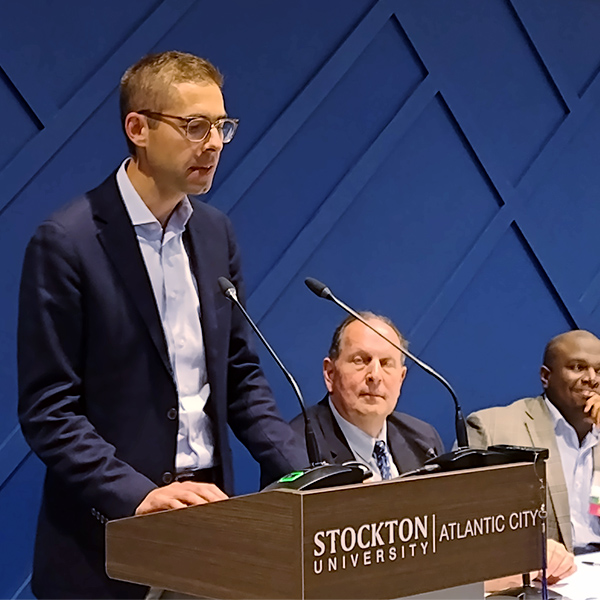State Agreement Approach
The PJM Planning Committee is considering a change to an issue charge framing a discussion on how capacity interconnection rights can be transferred from a retiring generator to a planned resource in the interconnection queue.
FERC approved four rate incentives to Mid-Atlantic Offshore Development to serve offshore wind in New Jersey under the State Agreement Approach with PJM.
The New Jersey Board of Public Utilities has initiated a second state agreement approach with PJM to plan the transmission necessary to meet Gov. Phil Murphy's goal of installing 11 GW of offshore wind by 2040.
PJM presented a quick fix proposal to introduce a new long-term transmission planning approach that includes a longer 15-year horizon and considers state legislation that could affect generator participation in RTO markets.
The state's Board of Public Utilities approved an additional expenses for the state’s $1.07 billion transmission project to connect offshore wind farms to the grid.
PJM plans to allocate more than 2,000 MW of transmission headroom to generators that requested additional capacity rights under a transitional process.
The New Jersey BPU agreed to ask PJM to approve a plan for the state to undertake a second solicitation process under FERC’s State Agreement Approach.
FERC approved revisions to PJM’s tariff that assign the costs of necessary transmission upgrades for installation of offshore wind in New Jersey to the state.
New York stakeholders are challenging a PJM rule change they say could hit them with some of the cost of New Jersey's transmission upgrades for offshore wind.
PJM and the NJBPU are considering how to avoid "free riders" in future uses of the RTO’s State Agreement Approach for public policy upgrades.
Want more? Advanced Search

